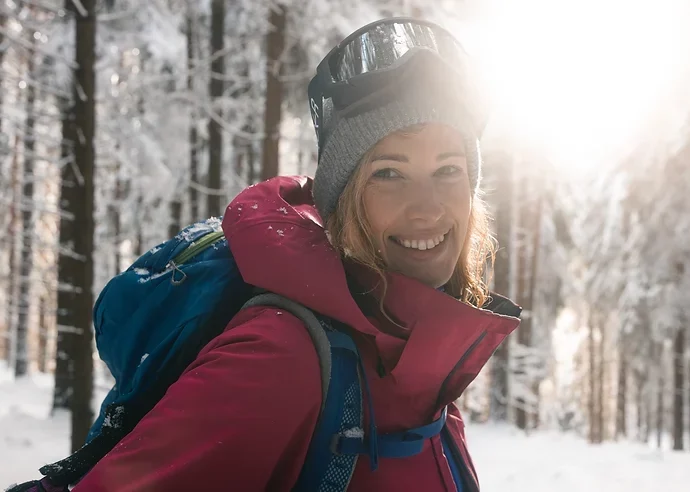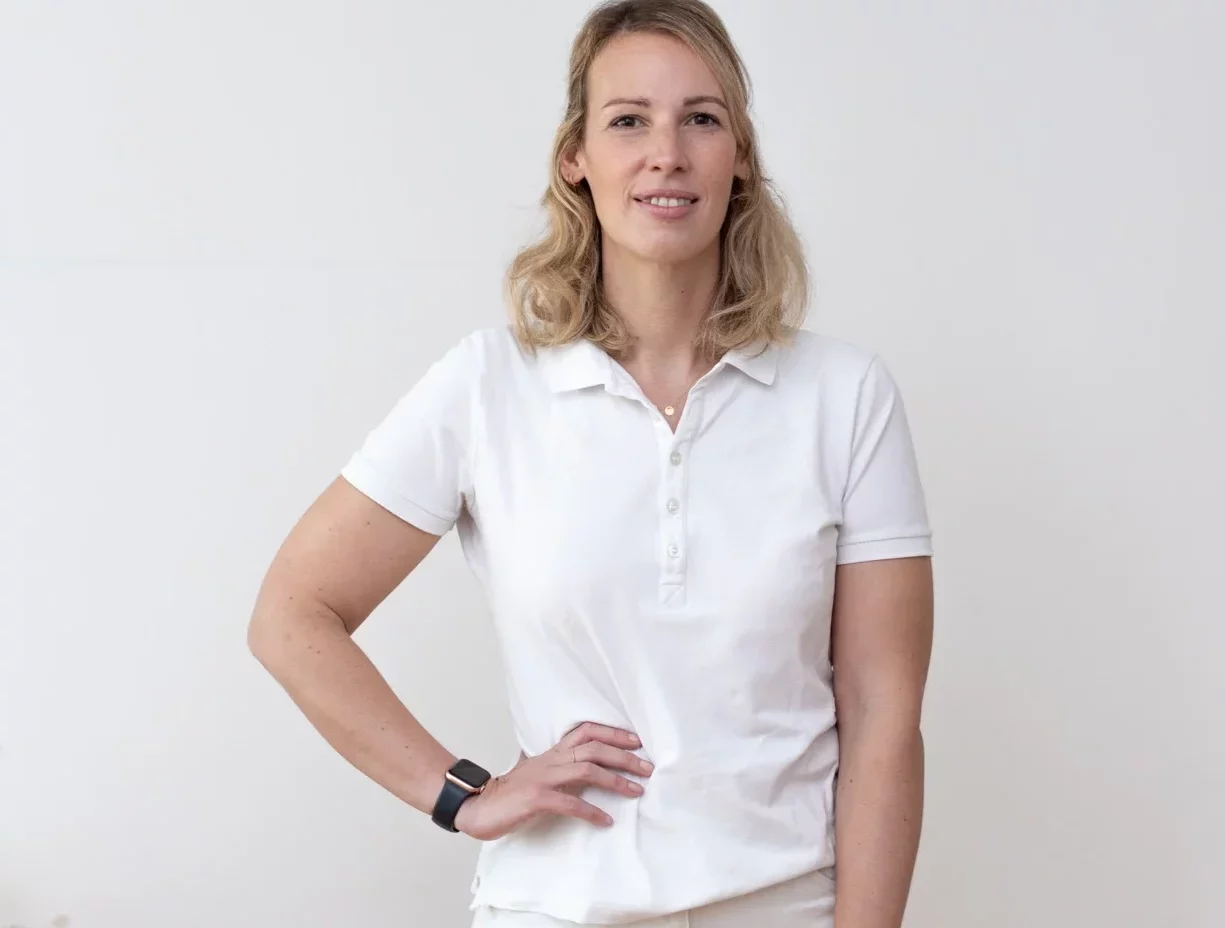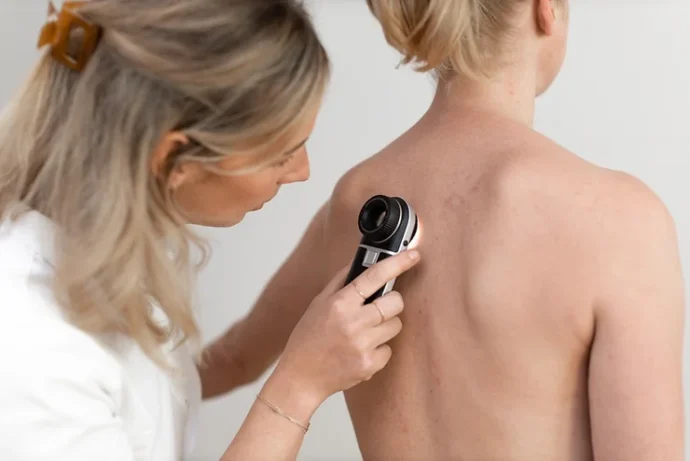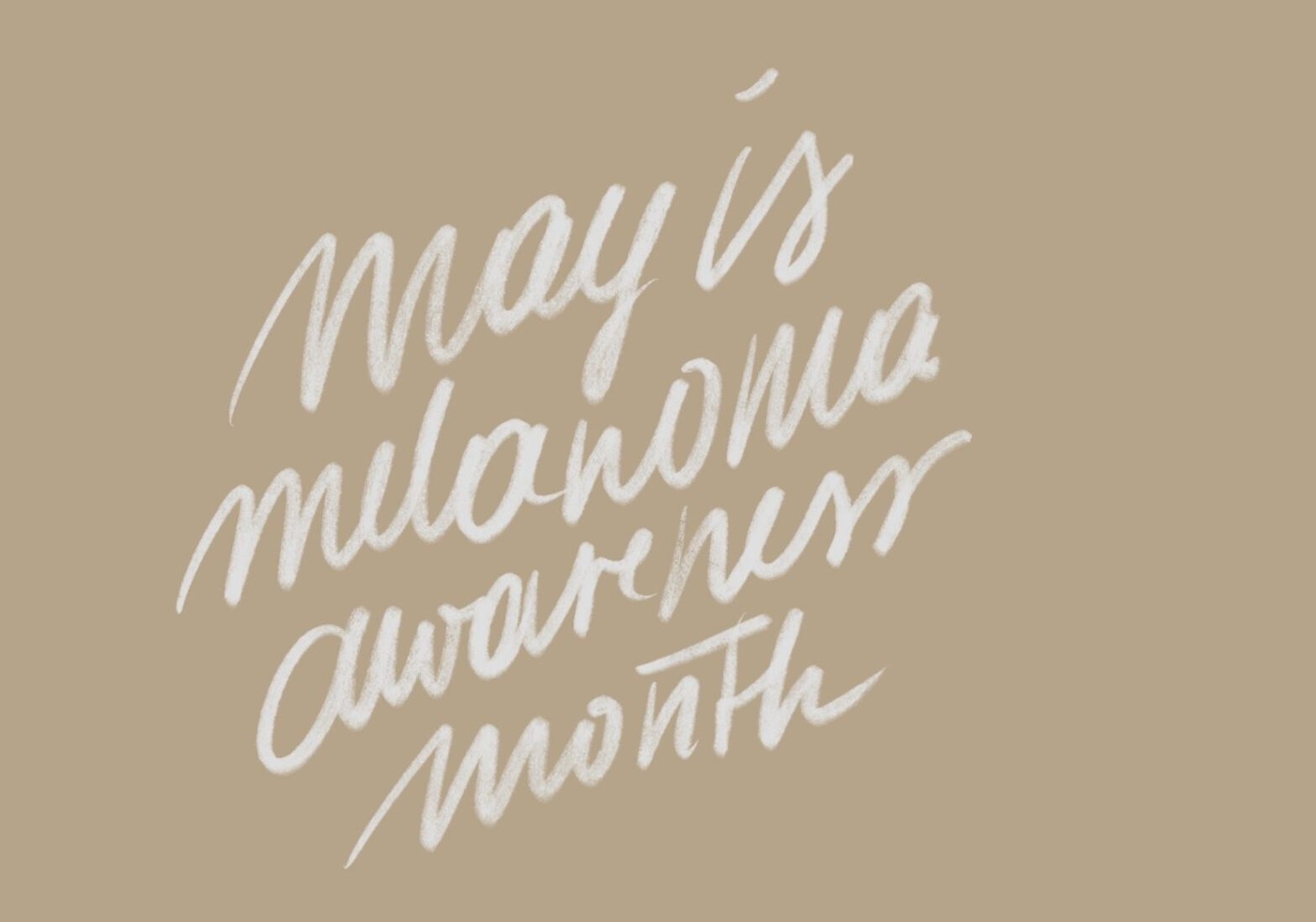Even in the cold season, we must not underestimate the power of the sun and must think about sun protection!
Are you one of those people that don’t use sunscreen in winter?
Even on cold and overcast days, 90% of the UV light penetrates the cloud cover. Less sun doesn’t mean less UV rays or less sun screen! Especially in winter, on sunny days, snow reflects up to 90% of the UV rays (with every altitude of 1000 meters the UV-radiation increases by 20%). So while you are comfortably driving up the mountain in the gondola or sitting in a traffic jam in the car and listening to your favorite song, don’t forget that UVA rays can also penetrate glass and find their way to your unprotected skin.
How do you protect yourself against skin cancer and sun-related skin aging?
Skin cancer is the only type of cancer that you can effectively protect yourself against. Therefore use sunscreen – 365 per year. For perfect protection use already a day care product with SPF (max. 30+)! In addition, daily creaming prevents skin aging as well as wrinkles and pigment spots. Warning signs of sunburn, such as burning or red skin, which we know from summer, are unfortunately less noticeable in the cold. Like in summer, body parts that you cannot protect with sunscreen need to be covered with clothes. But not only the skin, also the eyes suffer from extreme solar radiation. So don’t forget to wear sunglasses or ski goggles when doing outdoor activities.
Do you use the same skin care products in winter as in summer?
The change of season also means an essential change in your skin care routine. Dryness, cold and wind are rough on skin and draw moisture away from the body. At temperatures below 8 ° C the sebum production stops completely. As a result, our natural hydro-lipid film on the skin gets broken up and the skin is more sensitive and needs more care. To protect the skin from moisture loss, you should pay attention to a rich skin care routine. Therefore, sun creams that contain less water and more hydro-lipid components are recommended in winter, to keep your skin in smooth and moisturized condition to combat cold weather.
When was your last sunburn?
Whether a walk outdoor, the home office break in a sunny spot or a hike in the mountains – UV radiation and the number of sunburns are considered the most important exogenous risk factors for skin cancer. A distinction is made between non-melanoma (white) and malignant melanoma (black) skin cancer. The number of patients who develop skin cancer every year is increasing sharply worldwide. The WHO records between two to three million non-melanoma skin cancers and 132,000 malignant melanomas every year. The frequency varies greatly from region to region, but the increase among under 55-year-olds in Europe is growing.
What if there are no short-term appointments?
Your Survival Guide: Regular self-examination of the skin allows you to quickly identify changes. All you need are your eyes, a full-length mirror and good light. From head to toe- it’s best to start with the upper part of the body (head, neck, arms, upper body). Then focus on the lower part (butt, legs, feet and between the toes). For orientation, apply the ABCDE rule, with which you can identify changes that need to be clarified. (Asymmetry, Border irregularity, Color variation, Diameter, Evolving/ new or changing lesion). If you notice abnormalities that make you feel insecure, you should show them to your dermatologist. In addition, some apps and teledermatology services are already on the market to aid your digital skin check.

As a dermatologist I completed my medical training at the Department of Dermatology at the Medical University of Vienna. Even though I grew up in Austria, the land of mountains, I fell in love with the Oceans early on. Sun products became my best friends. The Skin is our biggest organ, the only one we wear on the outside. It is the first line of defense. Your skin is worth protecting! That’s why I joined Spot The Dot.
©Video and photography by Manuel Peric
Copyright ©2021 Amanda Zbyszewski







